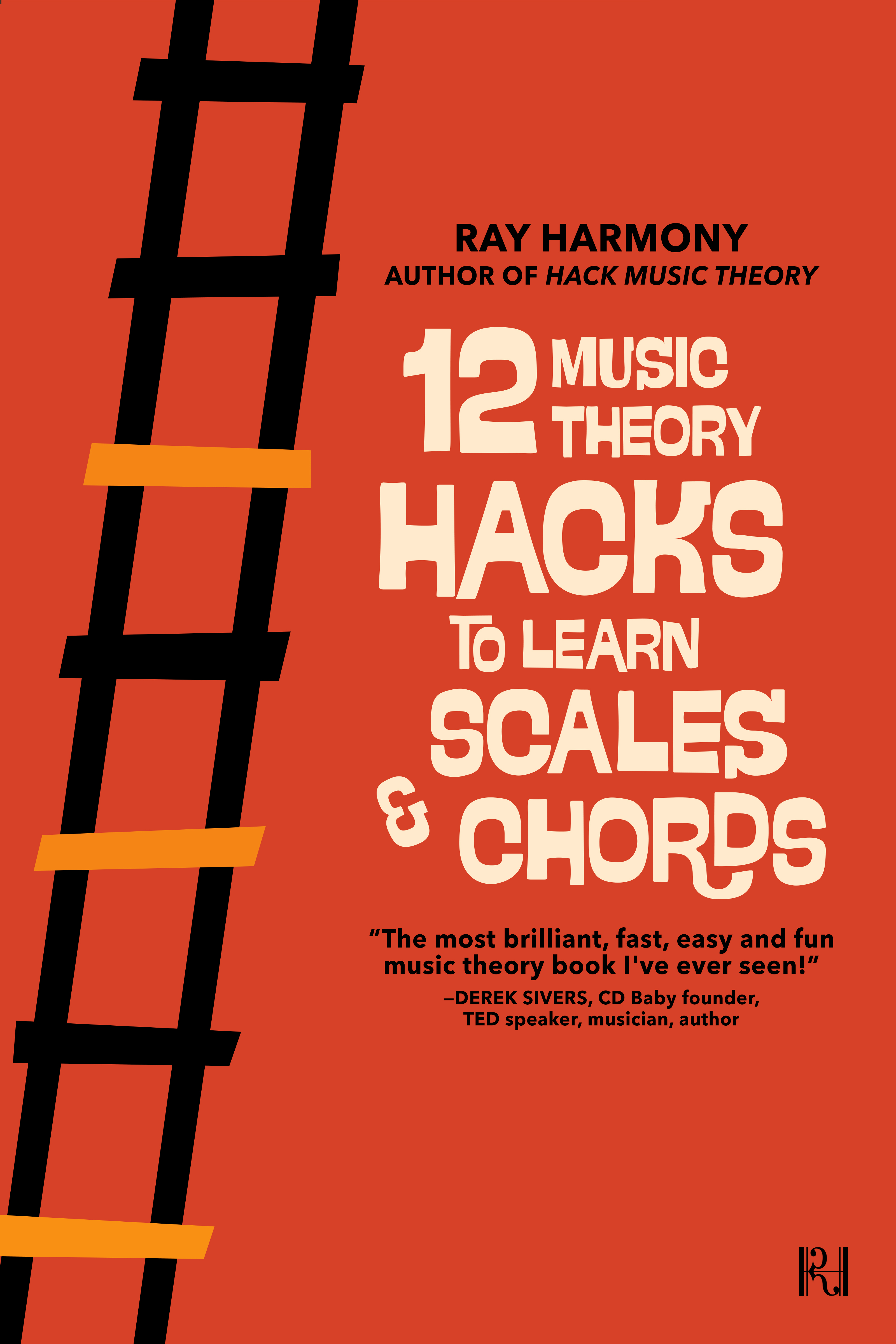Alan from Portland, Oregon emailed us and asked: “I understand the major and minor scales, and I use them in my tracks all the time, but I don’t understand the modes. I know they’re like scales, but I don’t get what the difference is, and I don’t really get why they’re useful either. Sorry that’s more than one question, but I hope you can still help me.” Thank you, Alan. Yes of course we can and will help you, that’s what we’re here for! There’s actually two great questions here, but I’m still gonna give you a one-sentence answer, so here it is:
While modes and scales have slightly different histories, the terms are practically interchangeable in popular music today, besides, the modes are merely scales that convey different emotions by starting on different degrees of the major scale formula.
Now, let’s talk and play through the modes and their emotions. When you play all the white notes from C to C (i.e. C D E F G A B C), you get the major scale, which sounds happy. And, when you play all the white notes from A to A (i.e. A B C D E F G A), you get the natural minor scale, which sounds sad. These are relative scales, as they share the exact same notes, but start in different places and create different emotions. This is one of the greatest magic tricks in music theory, and an awesome songwriting hack, as it allows you to tap into totally different emotions without changing any notes. For more on relatives, please read chapter five of our free book: 12 Music Theory Hacks to Learn Scales & Chords.
You probably noticed that there are five other notes in the major scale that we could also start on (i.e. the 2, 3, 4, 5, and 7), which would create five other scales with five other emotions. These five other scales are known as the modes. And this is where the confusion between scales and modes comes from, because the two scales we use all the time in popular music, the major and natural minor scales, are also modes. They are merely two modes in a family of seven. So, in order to truly express ourselves as songwriters, we need to treat all the modes as equal relatives.
The two modes that we refer to as the major and natural minor scales are the most normal sounding of the seven modes, so predictably they became the most popular, which resulted in the other five modes being pretty much forgotten in popular music. But, because the other five modes are almost never used in songs these days, if you want your music to instantly stand out from everyone else’s, just use these “forgotten” modes.
Please note that you must always secure the five forgotten modes to their respective root notes, in order to create their unique emotions. Otherwise, your listeners may perceive your mode as the relative major or relative natural minor scale, because we’re all so used to hearing those two modes. The best way to secure a mode to its root note is to emphasize it in some way, like starting your chord progression on the root triad. In the following examples, I’ll secure each mode to its root note by playing the root in my left hand. So, here are all seven modes, their names, and their unique emotions:
- The white notes from C to C create the Ionian mode (AKA the major scale), which sounds happy
- The white notes from D to D create the Dorian mode, which sounds sad but hopeful
- The white notes from E to E create the Phrygian mode, which sounds dark
- The white notes from F to F create the Lydian mode, which sounds uplifting but quirky
- The white notes from G to G create the Mixolydian mode, which sounds happy but serious
- The white notes from A to A create the Aeolian mode (AKA the natural minor scale), which sounds sad
- The white notes from B to B create the Locrian mode, which sounds evil (and is a favourite of metal bands)
So that’s my answer! Thanks for reading. Now, here’s an exercise for you: Choose one of the five “forgotten” modes. Write a melody or chord progression that expresses a more complex core emotion than just happy or sad. Then, play it to a friend and ask them how it makes them feel. Did you tap into a more complex emotion? Please let us know how it goes in the comments below, and if you’d like to learn more about modes and how to use them, check out our Hack Music Theory for Songwriting & Producing PDF.
Do you feel a little bit smarter now than you did a few minutes ago? Then please subscribe so we can do it all again next week! And if you have a question you’d like us to answer here on Q&A Tuesday, please comment below or connect with us.
Kate Harmony
Music Teacher
Victoria BC, Canada
 | |
Wooohooo!!! You're a mere 30 minutes away from being even smarter than you already are. Just head over to your inbox now for your free download.
